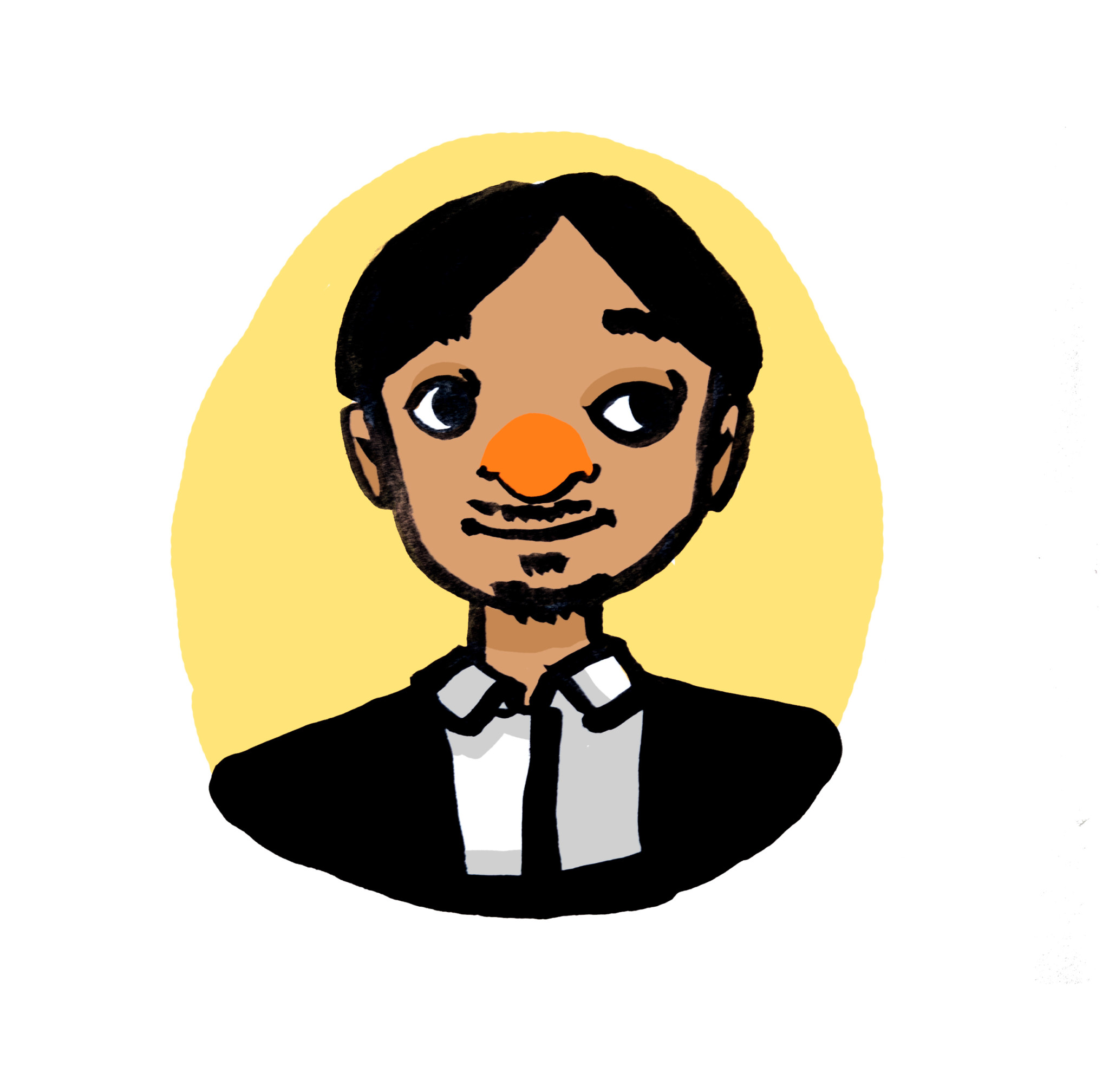From the traditional dances to the colorful murals, Little Village is all about art, says Omar Magana. The self-taught sculptor has long been a figure in the neighborhood’s art community. His building on 22nd and Sacramento was home to the grassroots art collective Expresiones Artisticas from 2004 until a fire burnt down the building in 2008. Today, he runs the OPEN Center for the Arts, a space where artists can come together to showcase, refine, and develop their talents. Magana took some time to speak to 90 Days, 90 Voices about the art of La Villita.
If you could take someone on a walking tour of the art in the area, what would you point out to them to say “that’s La Villita”?
There’s a lot of taco stands, there’s a lot of quinceañera stores. It just brings this energy, this livelihood. The colors of the dresses. The tortillas. The elotes, you know, how something that’s yellow just all of a sudden gets transformed to white and red. Everything is so colorful and vibrant. As far as all the murals and all that stuff, that’s awesome too. But I think art is not something that’s just in one place. In Mexico, the signs are created by hand. So it’s almost like a mural and you see that in grocery stores that are Spanish-owned here, too. To have a combination of all that, it’s amazing.
Why is it so important to have that kind of cultural footprint in Chicago?
When my parents came over here, they were fortunate enough to have some brothers that supported them when they got to Chicago. But if you were someone that just arrived here for the first time, with La Villita at least you get a sense of that feeling of being in Mexico. Of not being the outcast. That’s especially important now because of how we’re being portrayed by the Trump administration. So it’s important to know you’re able to come here to Little Village and be okay.
How has the neighborhood changed since Donald Trump was elected president?
It puts people on edge to be picked out like that, which I guess is something that has happened in the United States since the beginning. To be brought up on TV and categorized as [drug dealers, criminals, and rapists], you sort of feel like cattle. The Trump administration is choosing who they are going to single out so everyone can focus on them. The thing is, it’s not just happening in our neighborhood and it’s not just mexicanos. It’s a lot of different nationalities and nations they’re singling out.
People are worried. Stress levels have gone up, because you do not know what’s going to happen. The students, their stress levels have gone up too, because they’re afraid and asking, “Are my parents still going to be here? Am I still going to be here?” It’s creating a lot of fear.
What do you think the arts can do to make people feel less sectioned off?
We are going to be doing an exhibition, which is going to be in five of the schools around here, called “We Are All Migrants.” It’s showcasing that it’s not just us, it’s the whole world. Someone always gets picked. Right now it may be us, and there may be others who get singled out too. But someone always gets picked. Someone’s always migrant.
Everybody’s from somewhere.
Everyone is from somewhere. Unless you’re native to this land, which the majority of the people in this country are not, you’re a migrant. This administration, they’re all migrants too. So I think art is just bringing awareness. And as an artist, I always look at the past. So artists can showcase the past and what we see now, and then they can create something that shows ways to move forward.



